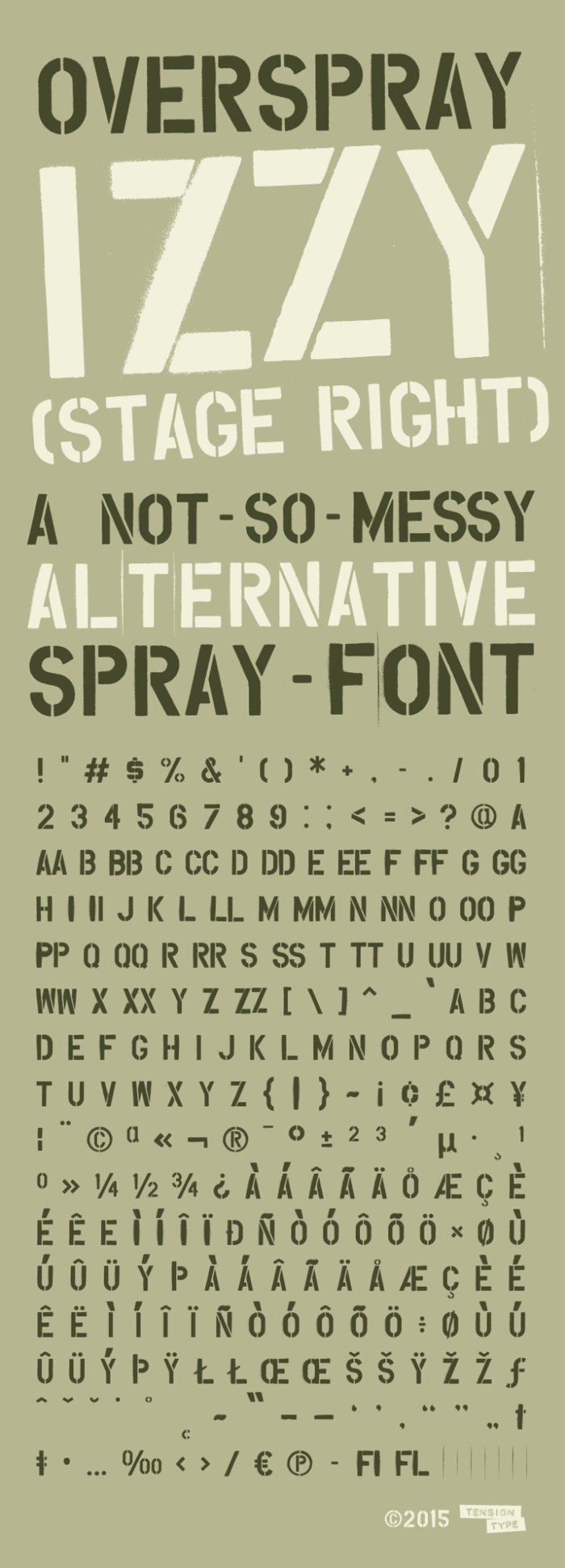
The script only supports components that are not scaled, rotated or flipped. ttfcomponentizerĬomponentizes glyphs of a TrueType font with information from an external UFO font. Works with Type 1 and OpenType/CFF fonts only. Tool in order to select the most common stem widths, and then use a program suchĪs FontLab or RoboFont to set the values in the font. It provides reports which help in selecting the global hint data andĪlignment zones for Type 1 hinting. This program is actually the same tool as psautohint but with a differentįace. It can also be used to simply delete a table, and to fix the font table checksums. You do this by first using it on a source font with the -x option to copy a table from the source font to a separate file, and then using it with the -a option to add that table to a target font. This allows you to cut and paste the entire binary block of a font table from one font to another. However, hints will be discarded if the rotation is not a multiple of 90 degrees. This tool will rotate and translate glyphs in a font, including the hints. otf2ttfĬonverts OpenType-CFF fonts to TrueType. Generates an OpenType Collection font file (.ttc) from two or more OpenType fonts (.otf or. ttf) from an OpenType Collection font file (.ttc or. otc2otfĮxtracts all OpenType fonts (.otf or. It can also convert a named-keyed font to a CID-keyed font. By using the same font more than once as a source with different mapping files, glyphs can be duplicated under other names. It can also be used to subset and change the glyph names in a font. This program will merge glyphs from one font into another, optionally copying a subset from the source fonts, and changing the names of the glyphs. More info on designspace files and interpolation systems can be found at and DesignSpaceDocument Specification. designspace file, and a set of compatible UFO masters. This script will generate UFO instances from a. designspace file and the output OTFs of buildmasterotfs to assemble a CFF2 variable font file. These OTF files represent the first step toward building a CFF2 variable font. designspace file with compatible UFO masters. This script uses makeotf to build OTF files from a. It will also build an OpenType/TTF font from a TrueType source font file. It also requires some other meta-data files. This program will build an OpenType/CFF font from a feature file that defines the OpenType layout rules, and overrides for default values, and a font file (Type 1 font, TrueType font, ‘detype1’ text version of a Type 1 font, or UFO font).

It can be applied to both OpenType/CFF and Type 1 fonts. It is used by several AFDKO tools and is installed automatically via AFDKO’s project requirements. This program is the Adobe auto-hinter and lives in its own project repo.

The tools fall into several different functional groups. All command line tools provide usage and help text with the options -u and -h. Once the AFDKO is installed, all the command line programs can be run by entering the command name in a Terminal window (OSX, Windows, Linux), along with the necessary option text. See the afdko home page for installation instructions. Note! Although the FDK directory tree contains a number of Python scripts, none of them can be used by double-clicking on them they can only be called by typing commands into a command line window. The AFDKO also contains useful technical documentation and some example font source material. These command line programs will allow you to build an OpenType font from an existing font, verify the contents of the font, and proof the font on screen or on paper. It does not offer tools for designing or editing glyphs. This release of the Adobe Font Development Kit for OpenType (AFDKO) contains a set of tools used to make OpenType fonts by adding the OpenType-specific data to a TrueType or Type1 font. Adobe Font Development Kit for OpenType (AFDKO) Overview Adobe Font Development Kit for OpenType (AFDKO) Overview 1.


 0 kommentar(er)
0 kommentar(er)
